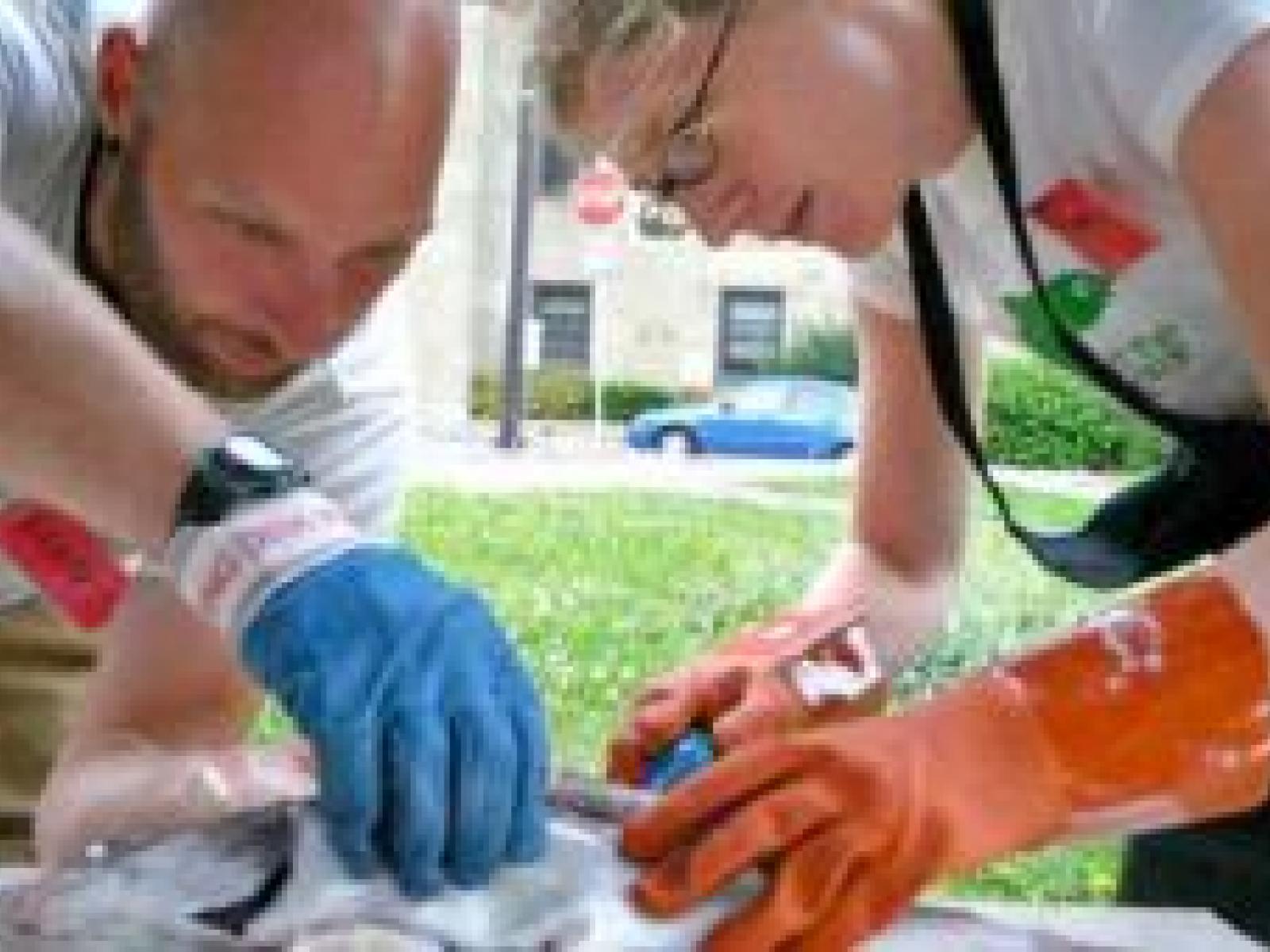An Overview Of Our Solution
- Population Impacted:
- Continent: Amerika Utara
Describe the problem
The collapse of the Atlantic Canadian groundfish fishery in the early 1990’s remains globally significant in terms of its ecological and social consequences. In addition to the cod stocks, small-scale fishers and coastal communities were also decimated. Gradual rebuilding of near shore groundfish stocks, coupled with a growing demand for sustainable seafood, offers new opportunities to expose small-scale, sustainable fisheries to the marketplace and to involve fishers in marketing initiatives. Off the Hook (OTH) Community Supported Fishery (CSF) was created to directly link fishers and consumers. OTH also engages in customer education on fisheries management issues, with government on policy initiatives and in research to better understand the impacts of fishing on marine diversity.
